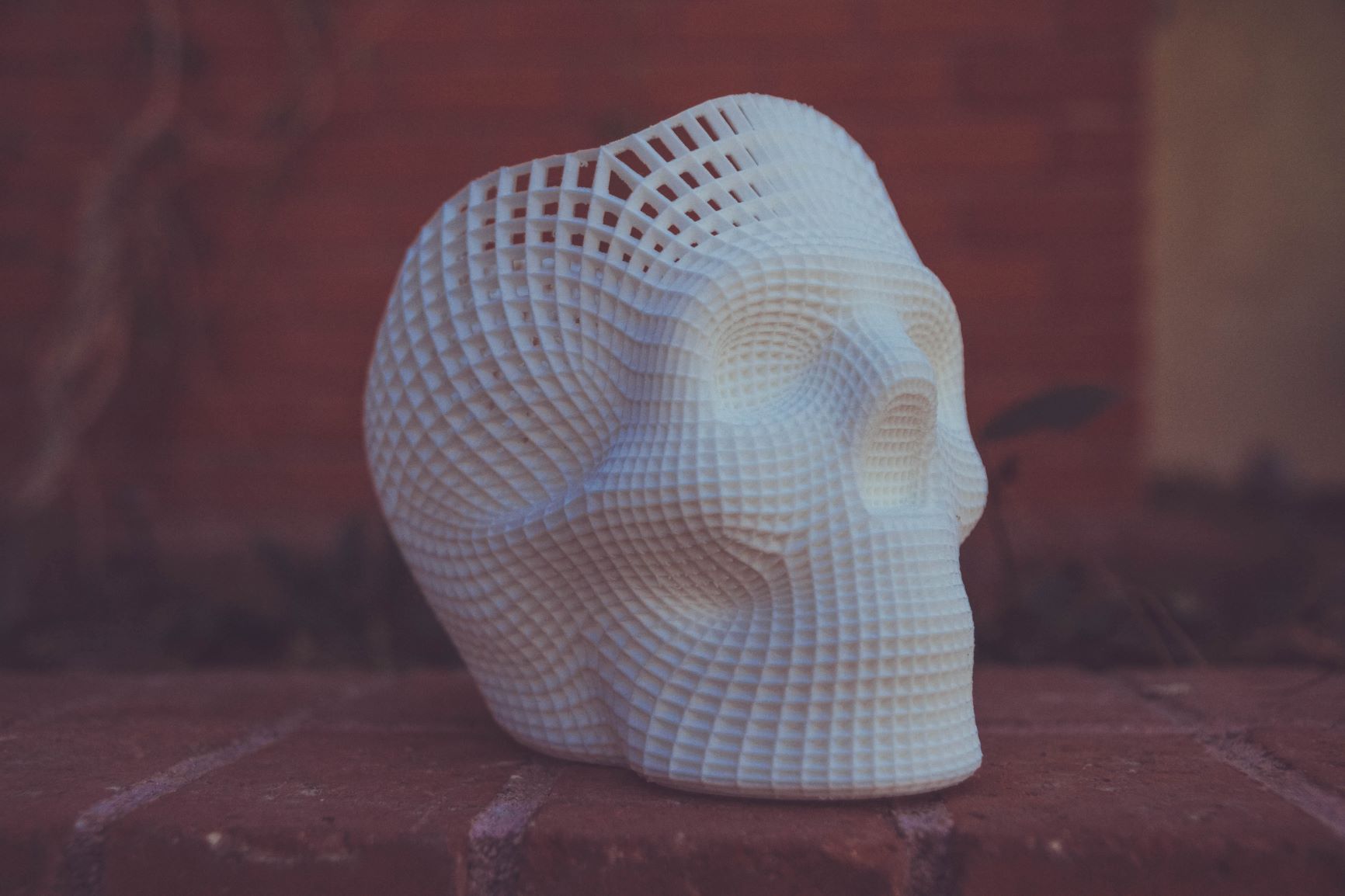
Scientists are using a fluid called “bio ink” to 3D print synthetic tissue directly into the body, using a programmable nozzle.
The ink makes a framework for living cells, with the machine dispensing the bio ink into the body “much like an icing tube squeezes out gel, only in a highly precise, programmable manner” said a statement released by the Terasaki Institute where the ink was created.
To 3D Print Fake Tissue
The statement released by the institute went on to clarify:
“Such improvements in tissue engineering are instrumental in providing lower-risk, minimally-invasive laparoscopic options for procedures such as the repair of tissue or organ defects, engineering/implanting patches to enhance ovarian function, or creating bio-functional hernia repair meshes. Such options would be safer for the patient, save time and be more cost-effective”.
The CEO of the Terasaki Institute and co-creator of the project Ali Khademhosseini explained the invention further:
“Developing personalized tissues that can address various injuries and ailments is very important for the future of medicine.
“The work presented here addresses an important challenge in making these tissues, as it enables us to deliver the right cells and materials directly to the defect in the operating room”.
The Terasaki Institute for Biomedical innovation is a non-profit organisation specialising in innovative, personalised medicine.
Other projects pioneered by the institute include experimenting with microneedling therapeutic stem cells into damaged tissues and extracting skin samples using “interstitial fluid” and microneedles.
3D Printing in the Medicine
3D printing has been making strides in the medical industry this year outside of the Terasaki Institute.
Based in Europe, patient specific inplant company Xilloc have been creating 3D printed bone implants that are based on the CT scan of the patient. Developed with a bone-like 3D printing material with a compound found in natural bone called calcium phosphate, the bone implant merges with the natural bone.
Northwestern University in Illinois have released a pliable 3D printing material for medical uses called hypereastic bone. This material is very malleable and easy to implant during surgery.
The material is a combination of hydroxyapatite, which lends rigidity to real bone and a specific polymer that makes the hydroxyapatite very flexible, porous and absorbent, allowing it to act as a scaffold for new blood vessles and cells, as reported by All3DP.






